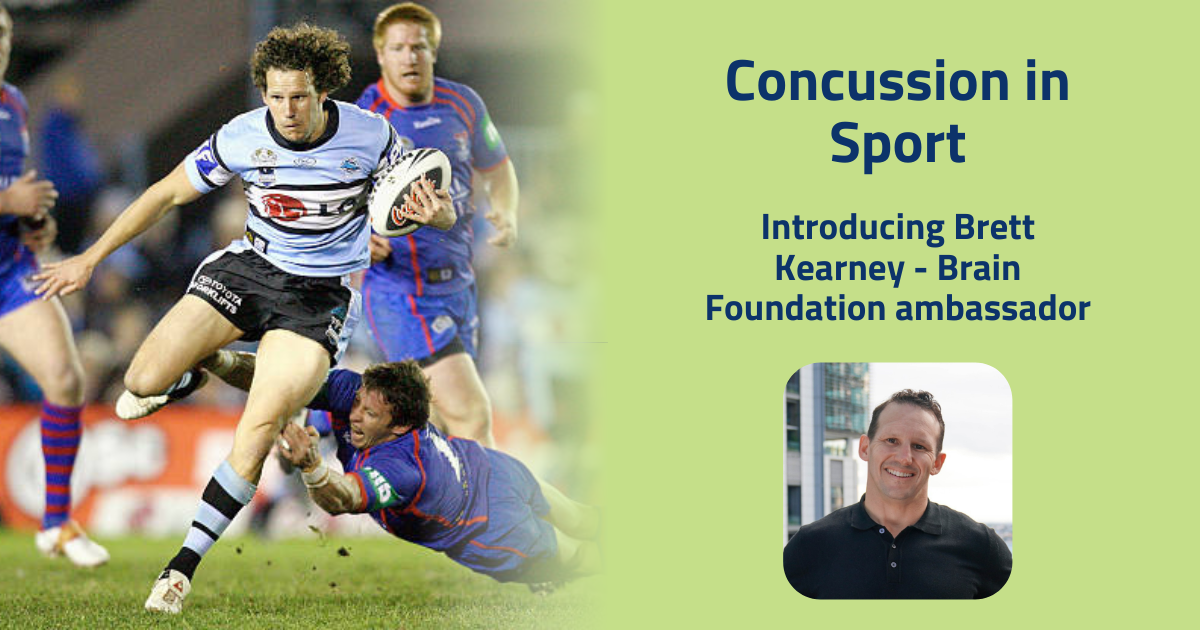
Search
Home > Search results for "MB-280 Exam Demo 🥜 MB-280 Valid Test Camp 🥱 Reliable Exam MB-280 Pass4sure 📪 Easily obtain free download of ▛ MB-280 ▟ by searching on ⏩ www.pdfvce.com ⏪ 🏖MB-280 Reliable Exam Simulator" (Page 7)
11 Dec Motor Neurone Disease
...diagnosis may take some time. Diagnosis can be assisted through a range of tests, some which eliminate other conditions eg; nerve conduction tests. The causes of MND are not yet...16 Jan Traumatic Brain Injury Award
...the neuroinflammation will limit the damage the brain suffers after TBI. In our laboratory we have been researching the effect of the interferon signaling system and neural injury. Interferon is...19 Jan Whispering Dysphonia Award
...genetic cause of DYT4 in affected family members. We will test the effect of these genetic mutations in a number of tissues sampled (under local anaesthetic) from affected and unaffected...19 Jan Cerebral Metastases Award
...aims to evaluate the role of FoxM1 in the growth of melanoma cancer cells in a test tube environment. The overall goal is to characterise the expression of FoxM1 in...19 Jan Glioblastoma Award
PROJECT SUMMARY: Glioblastoma multiforme (GBM) is the most common malignant brain tumour and has a very poor survival (7-15 months) despite current best treatment (surgery, chemotherapy and irradiation). Glioma stem...20 Jan Parkinson’s Disease
...or whether instead it remains effective when targeted at remote tissues. Specifically, we will test the novel idea that NIr-induced neuroprotection is mediated by stem cells that are released from...20 Jan Brain Tumours
PROJECT SUMMARY: Medulloblastoma is a malignant brain tumour that is the most common cause of cancer-related death in children. Recent studies have described at least four distinct subgroups of medulloblastoma...20 Jan Brain Tumours
...may provides a novel complementary strategy for treating GBM. In this proposal, we will test the hypothesis that activating NFI in primary GBM tumours both stops their growth and reverses...25 Jan Neuro Trauma Award
...reverse the primary damage and complex secondary pathologies that develop following a TBI. It is crucial that we understand the mechanisms by which the brain responds to injury before we...11 Feb Motor Neuron Disease Award
...neuron disease. Advancing earlier studies that have explored the basis for neurological symptoms in sporadic motor neuron disease. This may result in the development of a sensitive diagnostic test for...25 Jan Migraine Award
...in a special way- differs from cancer and heart disease in a very baffling way- there is no pathology. You can’t perform a brain scan or a blood test to...25 Jan Neurodegenerative Disease Award
...these mice to test the efficacy of compounds we have under development as potential therapeutics for neurodegenerative disease. The testing we have already completed indicates our compounds have good therapeutic...25 Jan Neurodegenerative Disease Award
...examining a single episodic memory task in 1999 showed an association between memory and lipid levels. Examining lipid measures from 1991-1999, showed that serum concentration measures closer to the time...26 Jan Muscular Dystrophy Award
...acute damage to their surface membrane, and is the first identified component of membrane repair machinery. We have been studying the biology of dysferlin in muscle cells; where it goes,...27 Jan Epilepsy Award
...study forms part of a cluster of projects examining genetic influences on acquired epilepsies. These projects will test the hypothesis that variations in the immune/inflammatory response determine whether or not...27 Jan Multiple Sclerosis Award
...optica as a separate entity and the role of the aquaporin-4 antibody plays in diagnosis. Through a combination of extensive population-based collection of clinical data and systematic testing with MRI...10 Feb Migraine Award
...cardiovascular disease. But migraine differs from cancer and heart disease in a very baffling way- there is no pathology. We can’t perform a brain scan or a blood test to...11 Feb Motor Neuron Award
...is to develop a novel animal model, in which upper motor neurones are positively identified due to their selective expression of a fluorescent protein marker, and then to test the...11 Feb Brain Tumour Award
...rehabilitation. Vestibular Schwannomas also provide an excellent disease model for studying selective vestibulopathy affecting the superior and inferior vestibular nerves. Our work will help validate a quantitative and lateralizing test...29 May Concussion in sport – Brett Kearney
We are excited to announce that Brett Kearney has recently come on board as an ambassador for the Brain Foundation. You may know him better as “BK” – a nickname...
 The Brain Foundation is the largest, independent funder of brain and spinal injury research in Australia. We believe research is the pathway to recovery.
The Brain Foundation is the largest, independent funder of brain and spinal injury research in Australia. We believe research is the pathway to recovery.PLEASE HELP US BY DONATING TO OUR RESEARCH PROGRAM.














